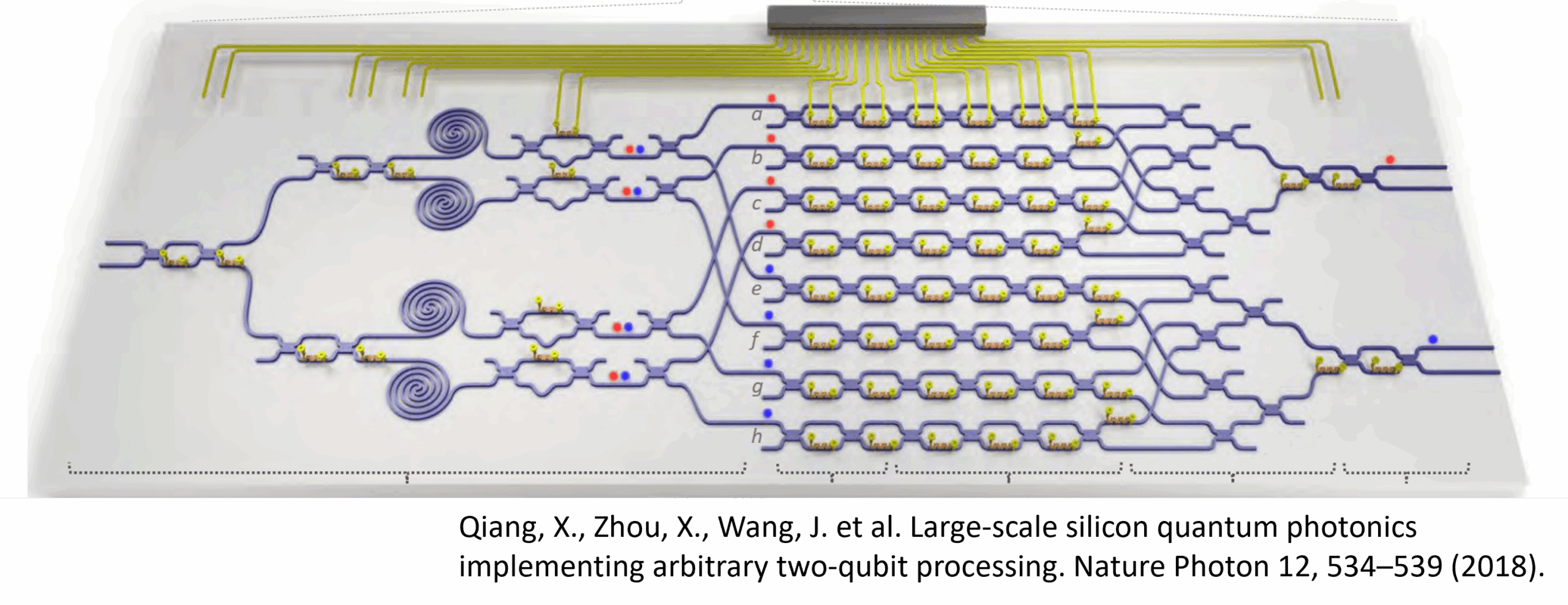Introduction to Diffractive Optics
Diffractive Optics are crucial components necessary for Augmented Reality (AR), Virtual Reality (VR), and Mixed Reality (MR) applications. Diffractive Optics operate on the principle of using physical periodic structure in the material to generate reflection and refractions that can be leveraged for display purposes. With fabrication capabilities improving yearly, the accessibility to utilize micro/nano level structures increases in tandem.
To incorporate these powerful devices, designers will need an intricate design workflow. These workflows must be able to explore parameter changes in the micro-scale and simulate the associated outcomes as seen by human vision. Ansys’ portfolio of optical design software provides a seamless solution that enable optical engineers.
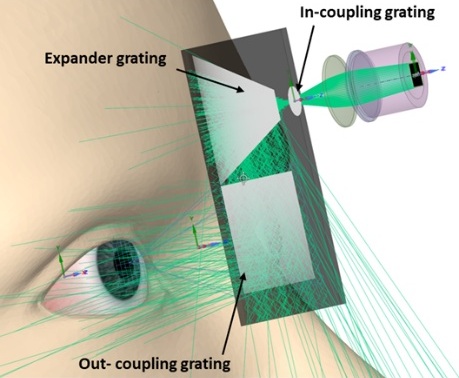

Ansys Optical Software simulates starting from the microstructure level through to the final image as seen by a human eye.
Device Simulation Workflow
The Ansys Optical tool suite consists of 3 tools that specialize in optical simulation, including diffractive optics, at various scales:
- Ansys Lumerical – Modelling of micro-scale photonic components, processes, and materials.
- Ansys Zemax OpticStudio – Optimization, and Tolerancing of complex optical systems.
- Ansys Speos – Illumination, Optical Performance, and Human Vision simulation of systems.
Micro-Scale: Diffraction Gratings
The workflow starts in Ansys Lumerical where the periodic microstructure of the material is designed. Small variations, such as the grating shape, tilt-angle, periodicity, or height, will directly determine characteristics such as the wavelength of operation, the diffracted power, and the diffraction angles.
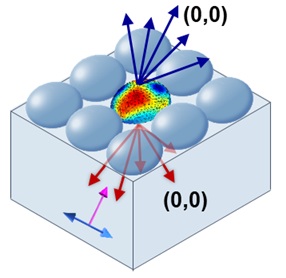
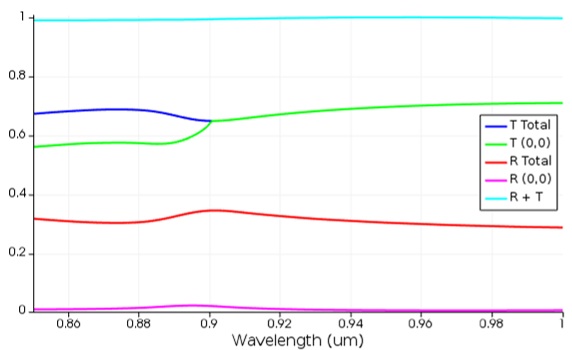
A diffractive optics application example of a spherical diffraction grating design. The initial parameters demonstrated roughly 70% transmission power, of the majority is in the (0,0) grating order at a wavelength of 920 (nm). Application Gallery: Diffraction Grating – Ansys Optics
Macro-Scale: Lens Design
In Ansys Zemax OpticStudio, the design of the optical system that projects the display image to the input grating is performed. A catalog of optical system starting points are available, which can be optimized and toleranced using the industry-standard analysis tools available.
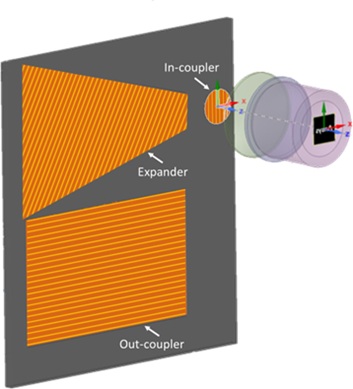

Ansys Zemax OpticStudio specializes in lens system design. Ray trace analysis allows designers to gain insight on optical performance metrics such as MTF and uniformity. Application Gallery: Augmented Reality Optical System – Ansys Optics
System-Scale: HUD Display
In the final step of the display’s diffractive optics workflow, the lens system is imported in Ansys SPEOS where full optical system analysis is performed. SPEOS provides powerful tools such as stray light analysis to optimize the system for realistic scenarios. One of the most powerful features in SPEOS is the Human Eye Model. Designers can use the model to simulate the response of the human eye to the scene. Further complexities can be added, such as importing custom environments and lighting to gain insight on the product’s performance without needing to fabricate a prototype.

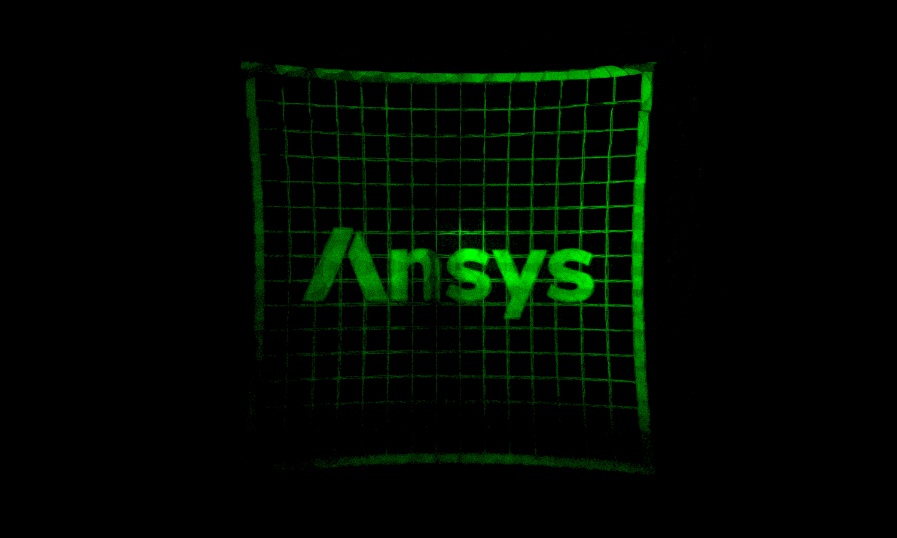
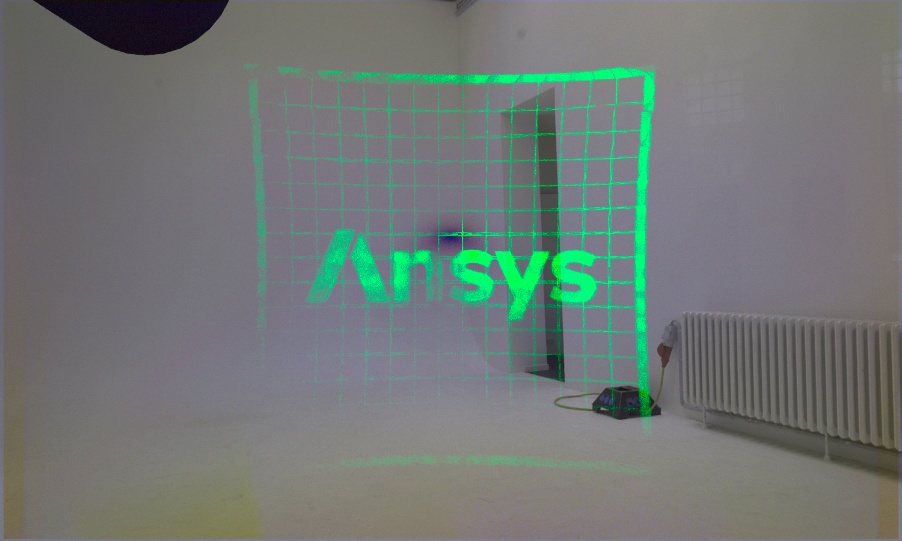
Import CAD files into SPEOS and visualize the image. Simulations can be further extended with custom environments and lighting to gain insight on the product’s performance. Application Gallery: RGB Augmented Reality Optical System – Ansys Optics
Design of Experiments and Diffractive Optics Optimization
A key strength of Ansys’ products is that its tools can interconnect to form complex workflows. Using Ansys OptiSLang, a specialized optimized tool that seamlessly integrates any Ansys product, designers can swiftly create large design of experiments or optimization protocols.
Designers can rapidly explore the design search space and efficiently identify best performance devices. The software can also be used to identify high-sensitivity parameters and robust designs. OptiSLang is highly customizable. Users can create workflows linking any Ansys software and incorporate custom scripts from popular languages such as MATLAB and Python.
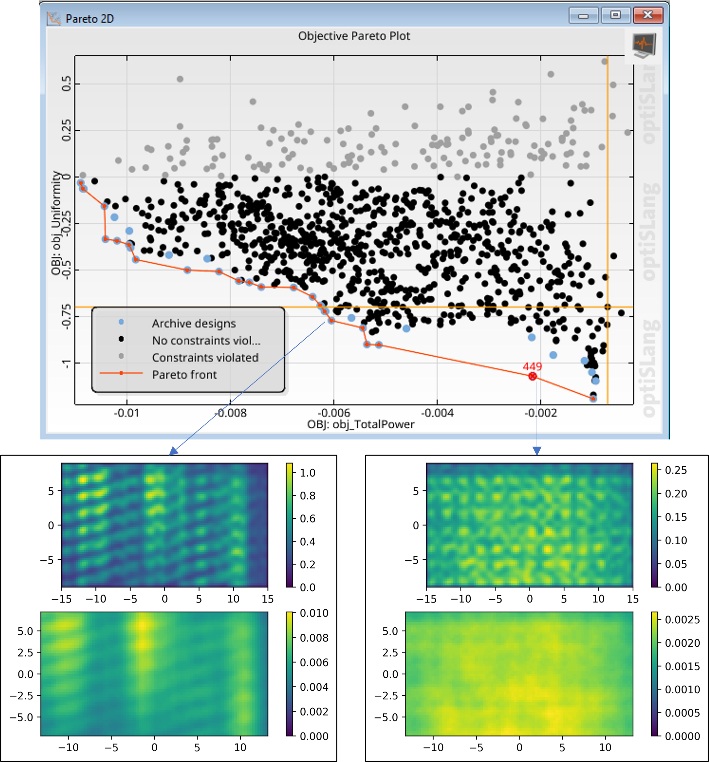
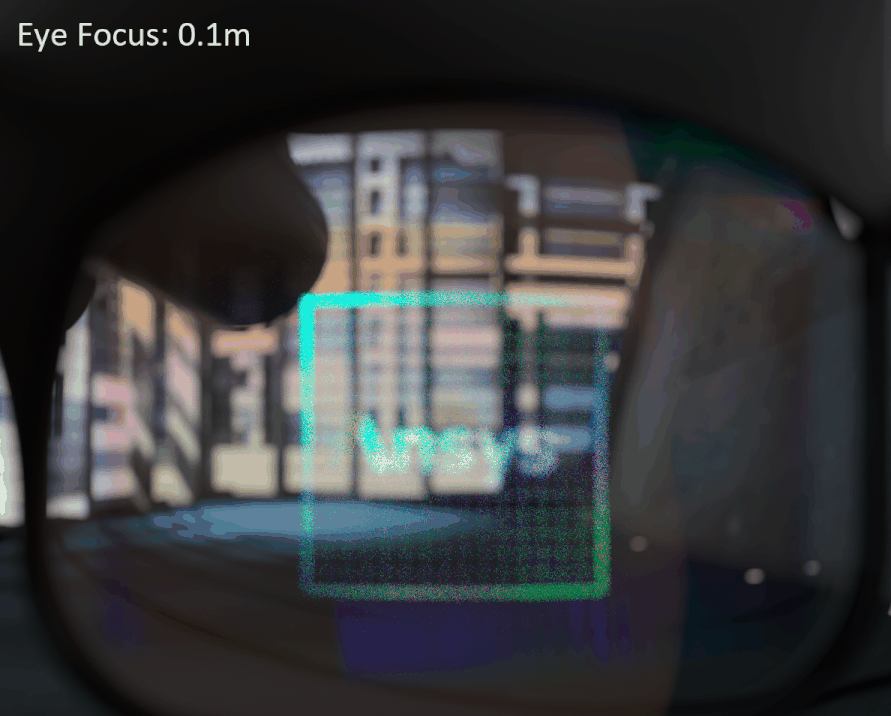
(Left) The illumination of the lens system is optimized for a high uniformity. (Right) OptiSLang is used to explore different eye focuses in the Human Vision simulation. Application Gallery: Optimization of an Exit Pupil Expander with 1D gratings – Ansys Optics
Conclusion: A Cohesive Diffractive Optics Workflow
First-time-right diffractive optics designs minimize development costs and provide an unparalleled business advantage. Using modern simulation tools, engineers can minimize the logistical challenge in creating multi-tool and multi-physics workflows. The result is an efficient design cycle generating high performance products that are first to market.
SimuTech Group helps engineers streamline complex diffractive optics workflows with Ansys simulation tools and expert guidance. Contact us for a free consultation, and get started on your optical simulation project today.
About the Authors

Lauren Scheg, BS/MS, Optical Engineering
Optical Staff Engineer, SimuTech Group
Lauren Scheg is an experienced optical system designer with expertise in Ansys Zemax OpticStudio and Ansys Speos, and a strong interest in multi-physics and multi-scale simulation challenges. Passionate about developing cutting-edge technologies across a range of applications, her background includes work in medical imaging, advanced sensing, and integrated photonics.

Stephen Lin, MASc, Electrical Engineering/Silicon Photonics
Photonics Staff Engineer, SimuTech Group
Stephen Lin has six years of experience in Silicon Photonics design and PDK development and is well-versed in industry standard software, including Ansys Lumerical, Ansys Zemax OpticStudio, Mentor Graphics Pyxis & Calibre, and SiEPIC PDK/Tools. He is skilled in foundry submission process (DRC, foundry layers, etc.), and has long-time interest in multi-physics and co-simulation of photonic systems.

